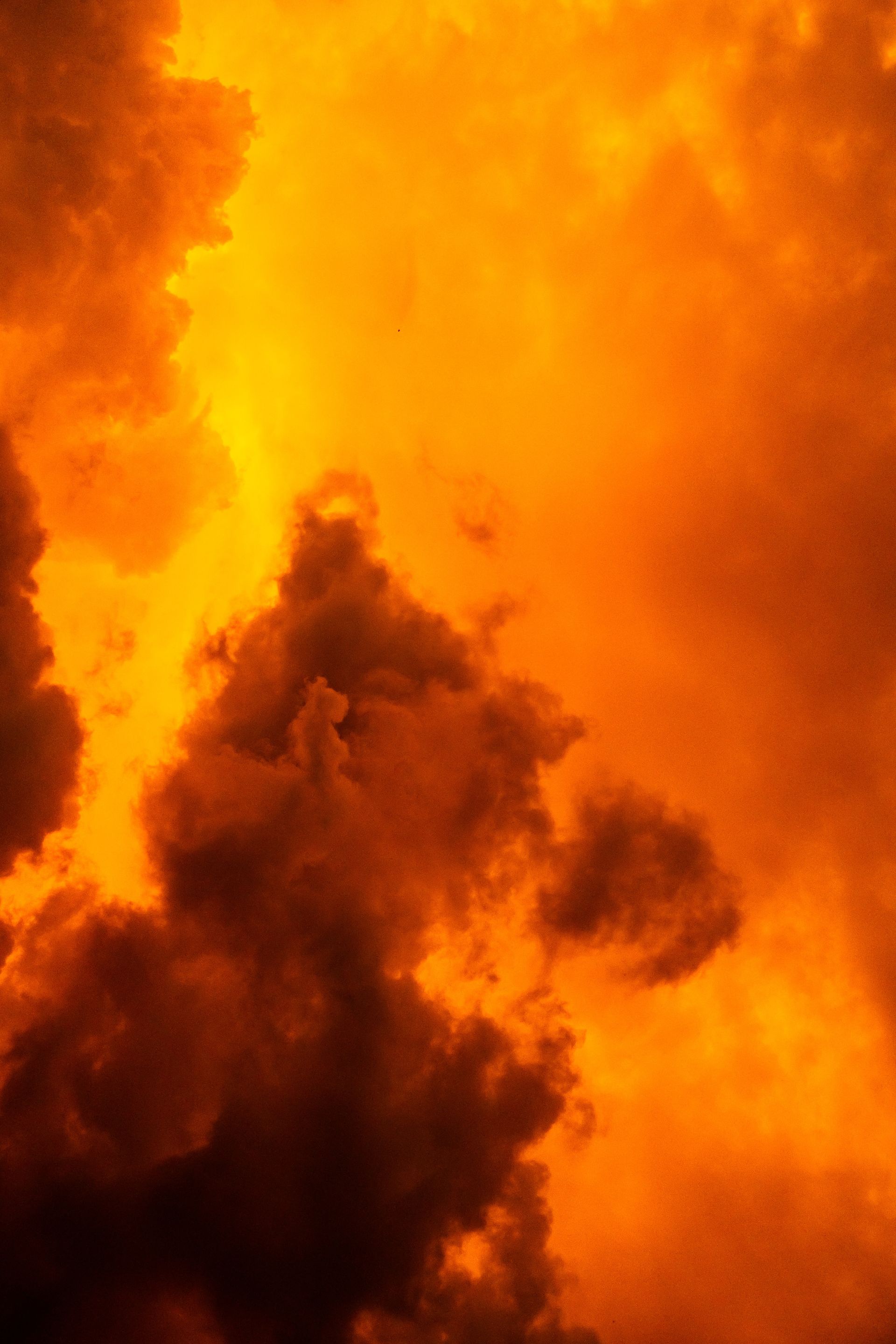Breathe Easy During Wildfire Season
Are we in for smoky air this year? I sure hope not, but wildfire trends in recent years indicate that it’s wise to be prepared.
Wildfires are unpredictable and change our air quality quickly. Remember last October when our air quality was the worst in the world? The week before our air quality was normal.

What makes wildfires so dangerous to our health?
“One of the many pollutants found in wildfire smoke is particle pollution, which is a mix of very tiny solid and liquid particles suspended in air. How tiny? Many of the particles in wildfire smoke are no larger than one third the diameter of your hair. These particles are so small that they enter and lodge deep in the lungs.”
“Particle pollution triggers asthma attacks, heart attacks and strokes—and can kill. Studies of children in California found that children who breathed the smoky air during wildfires had more coughing, wheezing, bronchitis, colds, and were more likely to have to go to the doctor or to the hospital for respiratory causes, especially from asthma.”
-American Lung Association

What can we do?
Be in the know: Pay attention.
Air quality can change quickly. Start actively noticing your surroundings. What’s the air like outside? Does it smell like smoke? Are our sunsets and sunrises extra colorful? Does the air seem hazy? Are you, someone in your family, a neighbor or friend at high risk? It’s good to have a plan.
Use online tools to help you understand what your air quality is doing and plan ahead for exposure.
a. Look up the air quality level for your area with airnow.gov.1 This is the site to find out about your current air quality. It’s also a great place to learn what determines air quality and what the index’s colors and number levels mean to you.
b. Get familiar with the EPA’s SmokeReady Toolbox. This site offers a plethora of articles, information, and resources to help you be prepared and equipped in areas affected by wildfire and smoke.2
c. Learn how easy it is to build your own box fan air filter! You'll just need a box fan (2013 or newer), a 20'x20"x1" furnace filter (MERV 13 or FPR 10), and tape or a bungee cord to secure the filter to the air intake side of the fan: youtube.com/watch?v=4qr1Aj6Di7w
Minimize your exposure. Be prepared.
a. When the air quality is poor, stay indoors with windows and doors closed. Keep any outdoor air intakes closed.
b. Use an air cleaner-filter in your home. HEPA filters are the best, but you can build your own filter for about $40 with a simple 20x20 inch box fan and a 20” inch furnace filter.3
c. Have your medications ready. Even if you normally don’t need an inhaler during smoky conditions, when the air quality deteriorates this season, you may find you need one. Be ready.
Is there anything else? YES!
a. Eat a healthy diet with lots of fresh fruits and veggies (organic if possible!). Marlene’s is a great place to find local, fresh and organic produce.
b. Stay well hydrated and exercise inside until air quality improves.
c. Minimize indoor air pollutants. Avoid using candles, fireplaces, and smoking. Don’t spray cleaners, fragrances, disinfectants, perfume into the air (especially aerosol sprays). If you dust, damp dust by using one damp towel/microfiber followed by a drying towel.
As the saying goes, “An ounce of prevention is worth a pound of regret.” Let’s take care of each other, our health and the environment!
Denise Frakes is a Home & Life Coach and Facilitator of the Puget Sound Asthma Coalition. She specializes in healthy homes, joyful work and healthy lifestyles. Learn more about her work at DeniseFrakes.com and about the Puget Sound Asthma Coalition at breathing-space.circle.so/home.
For more info, please visit:
tpchd.org/healthy-people/asthma
1 airnow.gov
2 epa.gov/smoke-ready-toolbox-wildfires
3 deohs.washington.edu/edge/blog/how-make-box-fanfilter- clean-indoor-air-smoke









